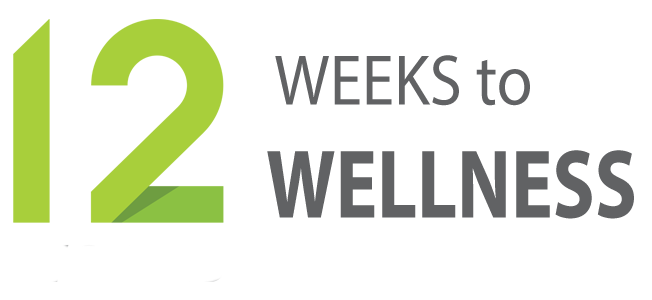How AI is Enhancing Employee Well-Being:
Including One Key Caution for HR and leaders

Artificial intelligence (AI) is rapidly transforming the workplace, making tasks more efficient, reducing administrative burdens, and even improving employee well-being. AI presents an exciting opportunity to foster a healthier, and more engaged workforce, but while AI has the potential to free up time and space, and create a more fulfilling work environment, there’s one critical challenge to watch: the risk of increased pressure to perform at ever-higher levels.
Let’s explore the positive impact of AI on employee well-being—and how organizations can ensure it remains a tool for support rather than stress.
The Bright Side: AI as a Driver of Employee Well-Being
1. Reducing Repetitive Work, Increasing Job Satisfaction
AI automates time-consuming, repetitive tasks—whether it’s scheduling meetings, processing payroll, or handling routine customer inquiries. By removing these mundane responsibilities, employees have the space to focus on higher-value work that is more engaging and meaningful. When employees feel their work matters, job satisfaction soars.
2. Enhancing Work-Life Harmony
AI-powered tools have the potential to improve efficiency, helping employees complete their tasks faster and more accurately. This could mean fewer late nights at the office, less burnout, and more time to focus on personal well-being. AI-driven scheduling tools also allow for better workload management, ensuring employees don’t feel overburdened.
3. Strengthening Team Connections
One of the unexpected benefits of AI is its ability to create more time for human interaction. With AI handling tedious administrative work, employees can spend more time collaborating, brainstorming, and engaging in team-building activities. In a world where remote and hybrid work can feel isolating, this is a huge advantage.
4. Personalized Well-Being Support
AI-driven HR platforms can analyze employee engagement and stress levels, allowing HR teams to offer tailored well-being programs. From AI-powered mental health chatbots to personalized wellness recommendations, these tools ensure employees get the right support at the right time, customized just for them.
5. Smarter HR Decision-Making
AI analytics help HR teams track and monitor employee sentiment, identify early signs of burnout, create programs, and adjust policies accordingly. This proactive approach allows organizations to create an environment where employees feel heard, valued and supported, as well as manage mental health issues better
The Caution: Increased Pressure to Perform
While AI can make work easier, it can also create unintended pressure. Automated efficiency may mean that employees are expected to do more in less time. If not managed carefully, AI can shift from being an enabler of well-being to a source of stress.
HR’s Role in Mitigating AI-Induced Pressure:
- Set Realistic Expectations – Just because AI makes some tasks faster doesn’t mean employees should be expected to work at an unsustainable pace. Encourage managers to balance efficiency with employee well-being.
- Foster a Culture of Human-Centric AI Use – AI should be a support system, not a replacement for human skills. Ensure that AI complements employees’ roles rather than pushing them to perform like machines.
- Monitor Workload & Stress Levels – Use AI-driven HR tools to assess employee well-being, plan in a preventative way, and intervene when workloads become overwhelming.
- Encourage Downtime & Social Connection – With AI freeing up time, use that opportunity to foster creativity, collaboration, and well-being initiatives, rather than simply assigning more work.
Final Thoughts: AI as a Force for Good in the Workplace
AI has the power to enhance employee well-being and performance, from developing preventive measures, reducing burnout to fostering stronger team connections. But its success depends on how organizations implement it. Companies must take an intentional approach—leveraging AI for efficiency while protecting employees from unrealistic expectations. When done right, AI isn’t just a tool for productivity; it’s a catalyst for a healthier, happier, and more engaged workforce.
By keeping employee well-being at the center of AI adoption, organizations can ensure technology works for people, not the other way around.
Would you like to explore how AI-driven well-being tools can benefit your organization? Let’s start the conversation.
Author: Emma Carpenter
President and Workplace Wellness Strategist, BSC, Health Promotion
Emma has over 20 years of experience in the area of leadership and workplace health promotion and has worked with many private sector and public organizations in Canada and Europe helping them build a health promoting culture and design custom wellness solutions. Emma is passionate about designing workplace wellness solutions that help people reach their full potential by empowering them and giving them confidence and tools to make lasting lifestyle changes.
